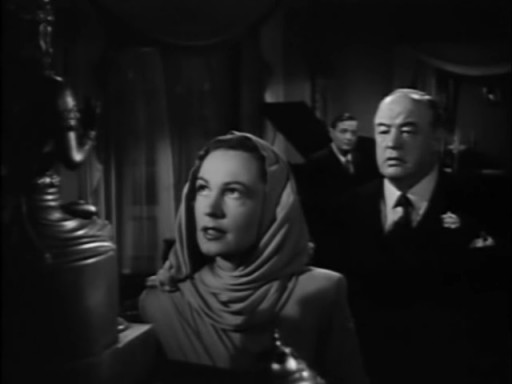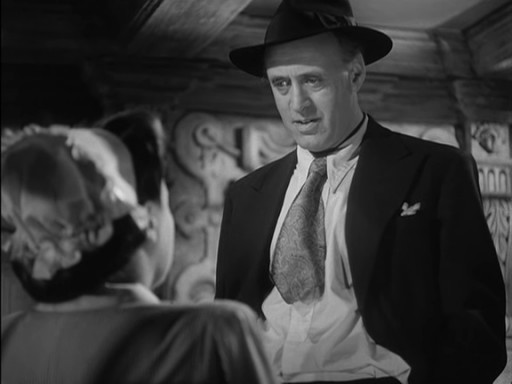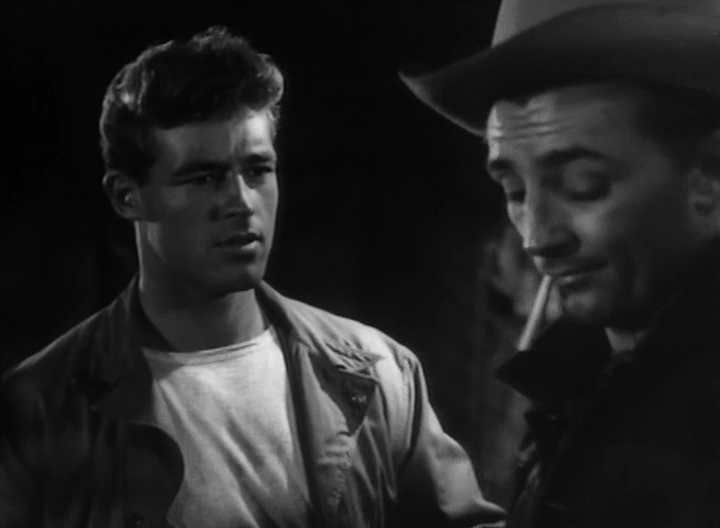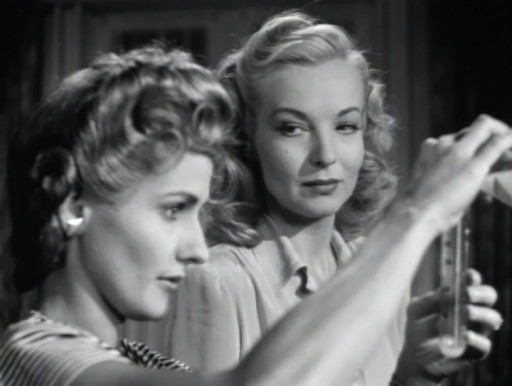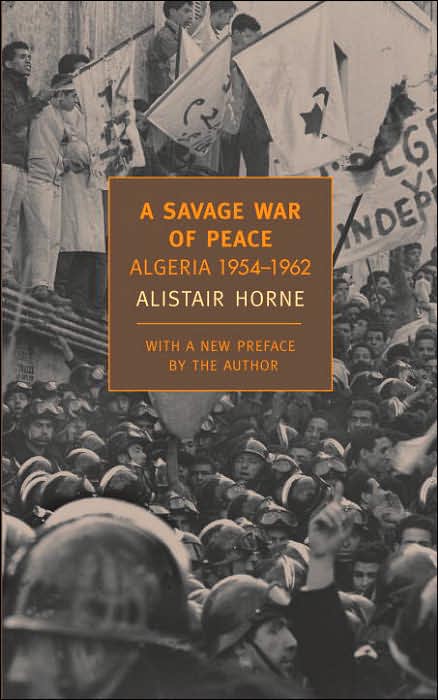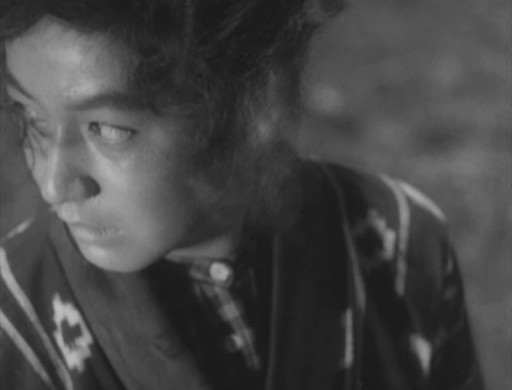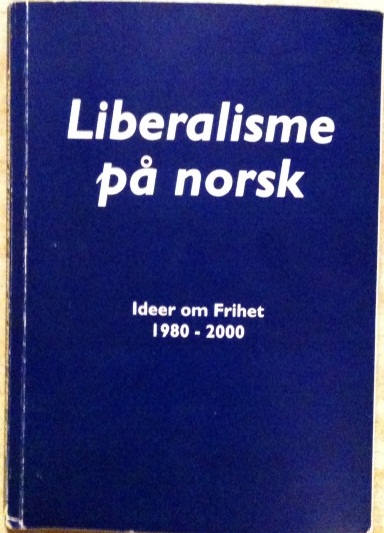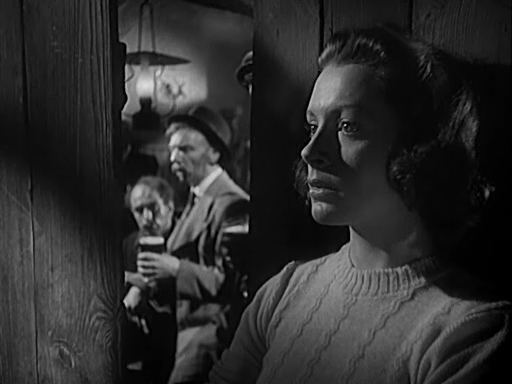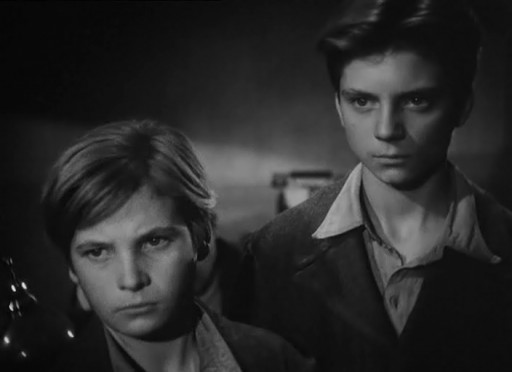
Shoeshine (1946, Italy, de Sica) – Two boys try to make a living on the streets of Rome, but end up in juvenile prison, where they are hurled towards inevitable doom. The system is to blame. Watched it all.
Heartbeat (1946, USA, Wood) – Some guy runs a school for pickpockets in Paris. He invites people to job interviews, and recruits the candidates who take the opportunity to steal from him. The premise is so great that it’s a shame everything else sucks. Watched: 16 minutes.
Night and Day (1946, USA, Curtiz) – Cole Porter was young once too, and faced adversity etc. But not too young, or too much adversity, or they couldn’t have gotten Cary Grant to play him. Watched: 11 minutes.
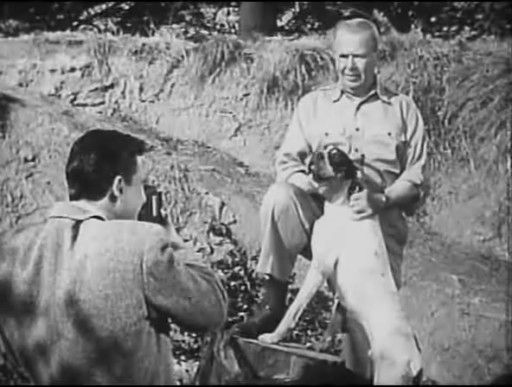
Colonel Effingham’s Raid (1946, USA, Pichel) – A Colonel Blimp goes to war against a city government run by corrupt carpetbaggers who want to remove symbols of the town’s Confederate past. Think of it as a Mr Smith Goes to Washington but with implicit racism and an obsession with women’s legs. As in, every time the Shockingly Independent Woman With a Job enters the screen, the camera zooms in on her legs, and we hear a crowd whistle appreciatively. Pretty bad, but hard to stop watching. Watched it all.
Centennial Summer (1946, USA, Preminger) – Life of some stupid family during the 1876 Centennial celebration. Hey, I just read a Flashman novel set at that time. Quite interesting. Indian wars and everything. Did you know scalping isn’t fatal? Watched: 6 minutes.
